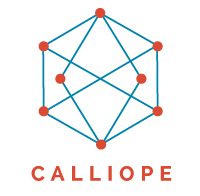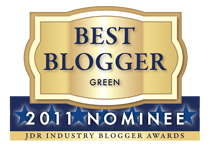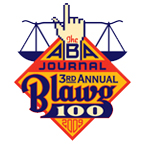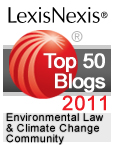Motion to Dismiss In USGBC v. Gifford Raises The Question: Who Is A USGBC Customer?
On Friday, the USGBC responded to Henry Gifford's amended complaint with a Motion To Dismiss for failure to state a legal claim (Federal Rule of Civil Procedure 12(b)(6)) and for lack of subject matter jurisdiction (Federal Rule of Civil Procedure 12(b)(1)).
In essence, the USGBC's response has two prongs: 1) the Plaintiffs lack standing, as I predicted here; and 2) that the Plaintiffs could not demonstrate that they had been harmed by the USGBC's allegedly illegal conduct. Stephen Del Percio does a nice job of outlining the standing arguments here.
In the back of the Memorandum of Law is an interesting discussion of the USGBC's marketing. In the context of arguing that the New York Consumer Fraud Statute does not apply, the USGBC argues:
USGBC's marketing--which is before this Court on this motion--is directed at businesses and professionals. The website, which is how USGBC advertises, defines the audience for USGBC's marketing. LEED users are 'architects, real estate professionals, facility managers engineers, interior designers, landscape architects, construction managers, lenders and government officials...
I think this is a difficult argument, and not one with a lot of factual merit.
The USGBC website has a link to a website entitled:
U.S. Green Building Council's Green Home Guide Connecting you to ideas, advice and green home professionals.
The purpose of the site is clearly to communicate information about LEED and green building directly to consumer homeowners. The Green Home Guide website offers a tool for homeowners to become acquainted with the LEED for Homes system:
LEED FOR HOMES SCORING TOOL
It's FREE.NEW – The LEED for Homes Scoring Tool
Q: How close is your project to earning
LEED for Homes certification?A: Probably much closer than you think.
As the building industry evolves, more residential projects already include sustainable features that contribute to certification. The LEED for Homes Scoring Tool will help you assess your project. By answering a few simple questions, you’ll not only learn just how close you are to earning certification, but also various steps you might take to get there. Plus you’ll gain important insight on the LEED for Homes rating system.
The USGBC even publishes a brochure for LEED® for Homes™ FAQ for Homeowners available here.
So, it's pretty clear that the USGBC is marketing directly to consumers, contrary to the Memorandum of Law in support of the USGBC's Motion to Dismiss.
The worst part is that there was no need for the USGBC to make this factually unsupported argument. Even if the USGBC advertises to consumers, the consumers that might have been harmed by the advertisement are not included amongst the plaintiffs, and are not represented by the factual misstatements alleged in the Amended Complaint. Making factually unsupported arguments may weaken the punch of the USGBC's clearer grounds for dismissal, and provide a toe hold for the Plaintiffs to plant seeds of doubt about the rest of the USGBC's arguments.

 Shari focuses on energy, environmental and building code policy, representing international companies, non-profits and trade associations in their policy and communications campaigns
Shari focuses on energy, environmental and building code policy, representing international companies, non-profits and trade associations in their policy and communications campaigns

